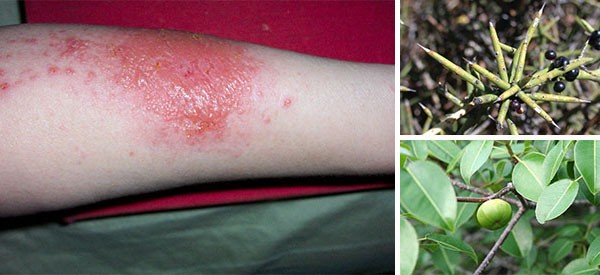
10 Plants You Should Never Touch
Below is a list of 10 plants native to America that you should avoid touching, especially with your bare hands.
#1. The Poisonous Triplets (Toxicodendron sp.)


Poison ivy, poison oak and poison sumac are all notorious for their ability to cause a painful rash or blisters in most people. Simply brushing against the plant is enough to cause a reaction due to the urushiol present in the sap.
They are common in many forests, but luckily many areas have sign posts to warn people of their presence.
#2. Wood Nettles (Urtica gracilis)
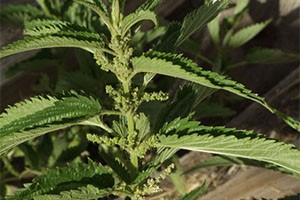 They are well known for causing a sharp sting which is due to tiny, stiff hairs on the plants.
They are well known for causing a sharp sting which is due to tiny, stiff hairs on the plants.
It’s usually a similar reaction in most people, a stinging type of itch lasting half an hour to a few hours.
There are actually many uses for nettles, such as cooking them.
#3. Cacti
These are the most obvious candidates that shouldn’t be touched, especially the ones with very fine spines called glochids. These hair-like spines break at the slightest touch and easily embed in your skin. Worse still, they are incredibly difficult to see, and it’s never just one! Only thick leather gloves will protect your hands, but you still have to be cautious.
At least the flowers are stunning, such as on the Arizona hedgehog cactus (Echinocerus sp.).
#4. Manchineel Tree (Hippomane mancinella)
Another plant that you can’t be too cautious around is the manchineel tree (Hippomane mancinella), which can be found in Florida. The entire plant is toxic, and there are ample stories about people having an intense reaction after coming in contact with this tree.
In some areas, manchineel trees have a red stripe painted on them to warn people to stay clear.
#5. Crucifixion Thorn (Koeberlinia spinosa)
It has an abundance of large thorns that make handling it incredibly difficult. But you can breathe a sigh of relief though; at least there’s no toxic sap.
The flowers look amazing against the giant thorns, and it makes a fantastic heaven for wildlife.
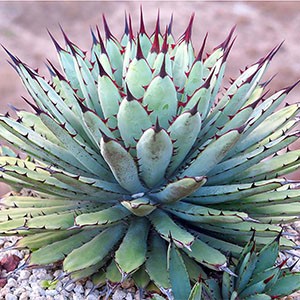
#6. Agave Plants
They can be tricky enough to handle, thanks to their sharp, tough spines, but agave also has another defense in its sap.
It contains tiny crystals which can cause a rash, and in some people, blistering.
Luckily, the tough leaves make contact with the sap minimal, but anyone who has dealt with an agave plant knows that even a scratch can be more painful than expected.
#7. Cow Parsnip (Heracleum maximum)
This is a common native that is actually protected in Tennessee and Kentucky. It is related to the giant hogweed, and despite being considered slightly less phototoxic, its sap still reacts when exposed to sunlight to varying degrees.
Many people report burns and blistering after contact with the sap, while in contrast, many foragers pick it with their bare hands.
#8. Bull Nettle (Cnidoscolus stimulosus)
Also known as tread softly, Bull nettle is covered in stiff, hollow hairs that cause a stinging sensation similar to wood nettles. You only need to brush against it to receive a sting for half an hour or more.
Even though it’s very similar to stinging nettles, it’s actually in the same family as euphorbias.
#9. The Euphorbia Family
The phototoxicity of the euphorbia family varies greatly. It’s such an enormous family, that pinning down the top offenders native to America is difficult. People report mild skin irritation to spotted spurge (Euphorbia maculata) and the potentially invasive snow-on-the-mountain (Euphorbia marginata), but there are just as many reports on people having severe reactions to the exotic species.
#10. Honey Locust (Gleditsia triacanthos)
Honey Locust is a common tree throughout America. Its enormous thorns cover the bark, branches and stems, and are able to puncture car tires (I can unfortunately testify to this myself). After stormy weather you often see the thorns scattered on the ground.
I’m sure you have probably noticed a bit of a theme with many of these plants; a white, milky sap will often be a sign of some type of toxicity. This milky sap is a defense mechanism for many plants, but the impact it has on people varies, depending on many factors such as weather, season, water availability, species or variety and the person as well.
It’s important to use soap to wash off the milky sap because the phototoxins aren’t soluble in water. Washing helps to minimizes it from being spread inadvertently, and staying out of the sun will mean the UV can’t react with any residue.
Another factor to consider, is that your sensitivity to a certain plant might build up as a result of prolonged exposure. Every person is different, and so are the reactions.
You may also like:
 Delicious Recipes Using Cattails;The Supermarket of the Swamp
Delicious Recipes Using Cattails;The Supermarket of the Swamp
The US Army’s Forgotten Food Miracle (Video)
Burdock: The Annoying Weed That Can Save Your Life
Potassium Permanganate: Why You Need It in Your Survival Kit?






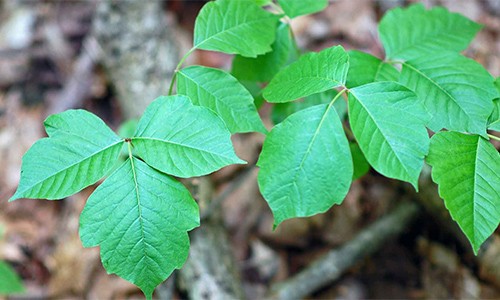
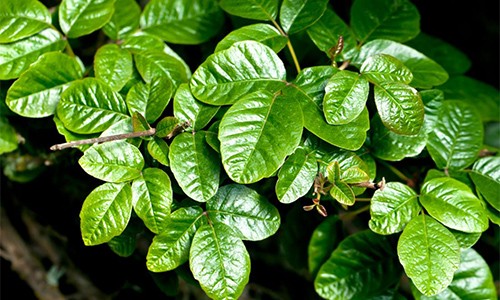

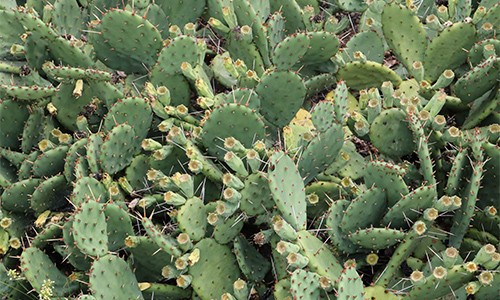
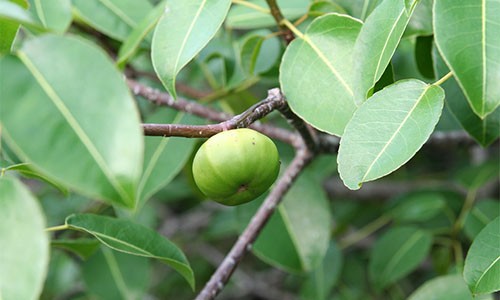
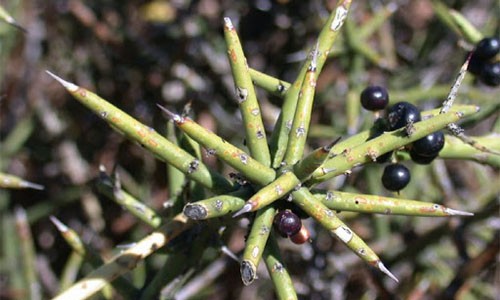
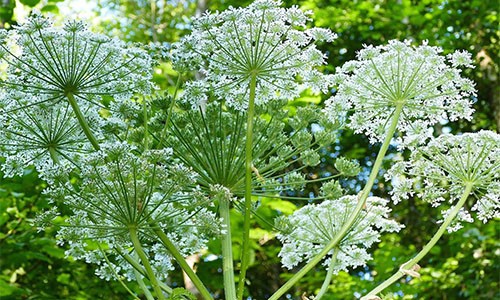
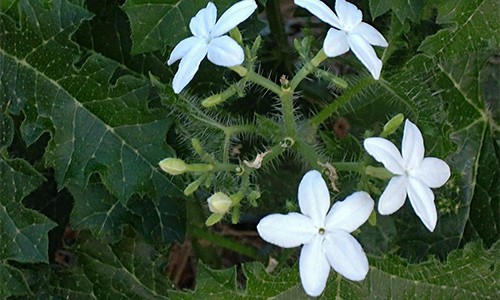
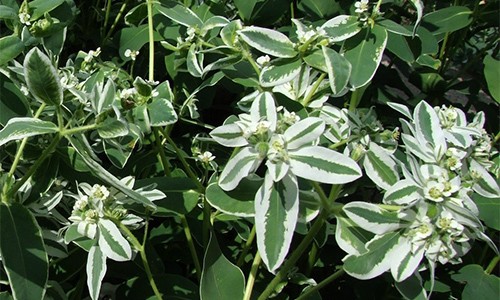
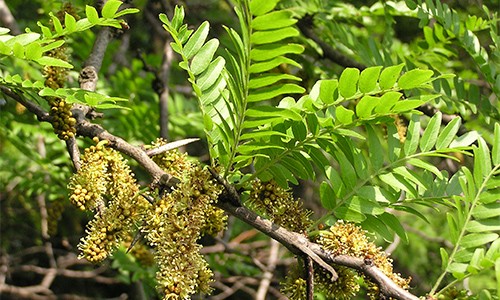
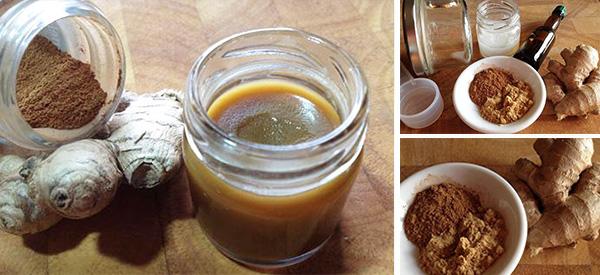
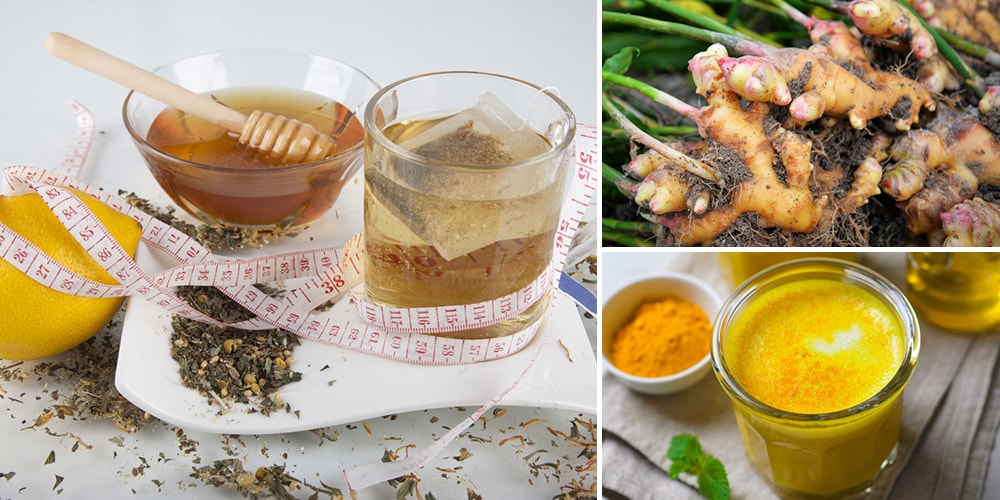
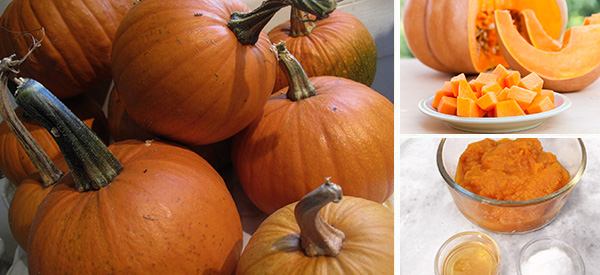
interesting, thank you for your email
Hi Ellen,
Thank you so much for your comment.
We appreciate your feedback.
God bless!
Hogweed is another major plant not to touch. 3rd degree burns !
Hi Bridget,
Thank you so much for your comment.
As far as I know, touching giant hogweed can also cause long-term sunlight sensitivity, and blindness if sap gets into a person’s eye.
God bless!
Another one to add: poisonwood (native)
Thank you for sharing
The distilled beverage made from Agave can also produce severe head and body aches as well as nausea and stupor. As the refrain in the old Champs song put it, ” Tequila!”
In Texas, we eat the fruit that grows from on the cactus and we call it prickly pear. You gotta be very careful to get all the quills out, but you can make a really nice syrup for pancakes from it.
I use to enjoy prickly pear as a child. Outside playing we kids would carefully pick a few, roll them on the ground to get the little spines out then peel with our pocket knife and enjoy. Mom would make jam out them too.
Thank You for sharing cause I do not know much about plant but I know about be allergic to them and how it can turn your world upside down if I come in contact with them I appreciate your sharing this 👍❣️
Hi Martha,
Thank you so much for your comment.
We are glad that you are willing to learn more about herbs and herbal remedies.
God bless!
Thank you so much for these important posts that are rare to be found anywhere else but from you and your books.
Hi Eleanor,
Thank you so much for your comment.
We appreciate your good-willing words.
God bless!
Unfortunately, I know from personal experience that Rue is another plant to stay away from.
Hi Jennie,
Thank you so much for your comment and for sharing this information.
God bless!
Thank you, is great information.
Hi Jack,
Thank you so much for your comment and for your feedback as well.
God bless!
Thank you so much for the description of each of these plants. Also love your book.
Tonie
Hi Tonie,
Thank you so much for your comment.
We appreciate your kind words.
God bless
Wow! That cow parsnip looks slit like Queen Anne’s lace . Anyone have a good distinction to share so I can differentiate??
The way I tell is that Queen Ann’s Lace ( wild carrot) normally has only one flower head compared to the clump of flower heads shown, the foliage of Queen Ann’s Lace is very light and airy just like carrots.. also the flower of Queen Ann’s Lace (wild carrot) will have a dark (purplish) spot in the middle of the flower head. If the foliage looks like carrot foliage, that should be the biggest clue. Hope that helps.
What is the best way to treat rashes that are caused by these plants? I knew someone that cut a bunch of lemons and went into the sun. they got third degree burns from the sunshine interacting with the lemon juice on their hands.
Hi Always,
Thank you so much for your comment.
Cold compresses, aloe vera gel and coconut oil are the best remedies for rashes caused by plants.
God bless!
[…] 10 Plants You Should Never Touch […]
Thank you as always enjoy your emails and information on plants and herbs
I was always taught that Honey Locus was the version of the tree that DOES NOT have thorns. Black locus has thousands of two and three-inch thorns.
Nope, you got that backwards.
Honey is the huge thorns. Black has some small rose size thorns in some places and the blossoms are heavenly. I can smell them from a mile away.
Thank you for the pictures, they are helpful with identifying and avoiding these plants.!